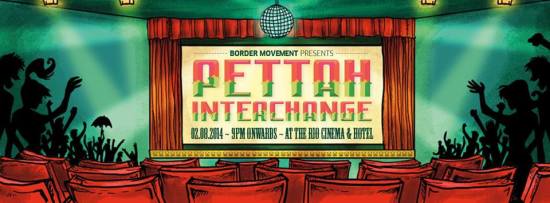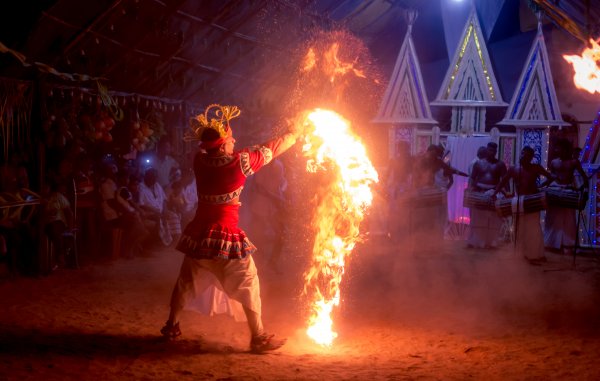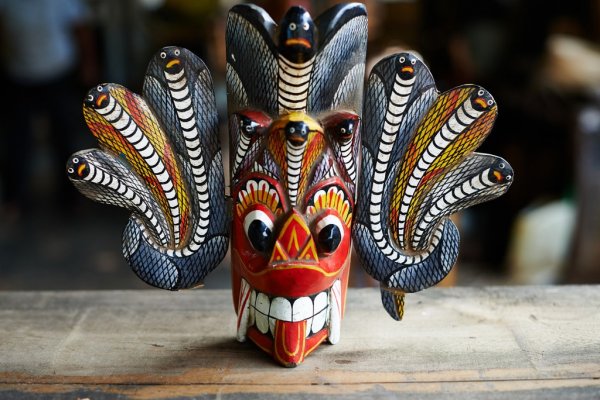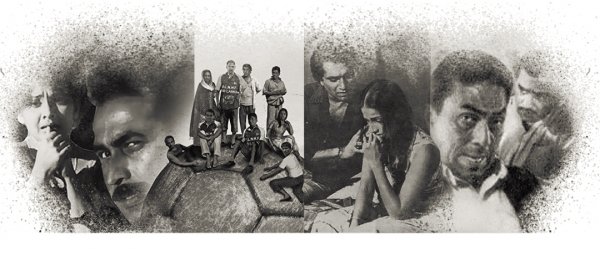
Editor’s Note: The article originally claimed that Yasmine Gooneratne was a burgher writer. Following clarifications from Gooneratne herself, we have removed mention of her from the article.
The Burghers are and have always been, a vibrant part of Sri Lanka’s ethnic fabric. Despite being a minority, their contributions have played an important part in shaping our culture of food, music, fashion, and literature.
Here, we take a look at a few of Sri Lanka’s most popular and award-winning Burgher authors. From contributing to the education sector through academia and literature to sharing glimpses into eras and worlds that are inaccessible to many of us, we have much to be thankful to the Burghers for.
Michael Ondaatje

Michael Ondaatje. Image Courtesy: alumni.utoronto.ca
Ondaatje is perhaps best known for his award-winning book The English Patient, which made it to the silver screen and shot to fame after winning several Academy Awards, the Golden Globes, and securing a BAFTA as well. Having left Sri Lanka during his early childhood, he moved to England and eventually settled down in Canada. His other popular novels include The Cat’s Table (outlining the adventures of a child aboard a passenger ship sailing from Colombo to England in the early 50s) and Anil’s Ghost, which follows the life of a forensic pathologist who returns to Sri Lanka at the height of the Civil War and political conflict. Ondaatje captures different milieus with such ease that it’s no wonder he has numerous awards under his belt. These include the Man Booker International Prize (2007), the Booker Prize for fiction (1992) and the Commonwealth Writers’ Prize. The last novel he released was in 2011 (The Cat’s Table) but has just announced that his next work, a story of two siblings placed in the aftermath of WW2, will be released next May.
In addition to having a couple of successful novels and a memoir (Running in the Family), he is also a skilled poet with his collection of early poems published in the volume titled There’s a Trick With a Knife I’m Learning to do. His poems are vivid and sensual, filled with rich language akin to his novels.
Vivimarie Van Der Poorten

Vivimarie Van Der Poorten. Courtesy: Reachout.lk https://reachoutlk.wordpress.com/tag/vivimarie-vanderpoorten/
Dr. Van Der Poorten continues to shape malleable and curious minds—and not merely through her poetry. A staunch feminist, she is also a lecturer at the Open University of Sri Lanka where she conducts classes for both the undergraduate and postgraduate programmes related to language, stylistics and linguistics, among other subjects. She is also the author of three poetry collections, with her first gaining international acclaim.
Her most recent collection of poems, Borrowed Dust, was shortlisted for the Gratiaen Prize in 2016, whereas her first book, Nothing Prepares You, bagged it in 2007 before winning the prestigious SAARC Poetry Award in 2009. In addition to these, she tied with another poet and co-won the State Literary Award in 2011.
The Chairman of the Gratiaen Panel of Judges, Dr. Sinharaja Tammita-Delgoda, described her style of poetry as “a gentle, reflective minimalism which touches the soul… like a shadow passing across your face”.
The best example of this is her piece titled There’s a Woman which reminds you of how women are largely ignored and under-appreciated unless you ‘look very hard.’
Jean Arasanayagam
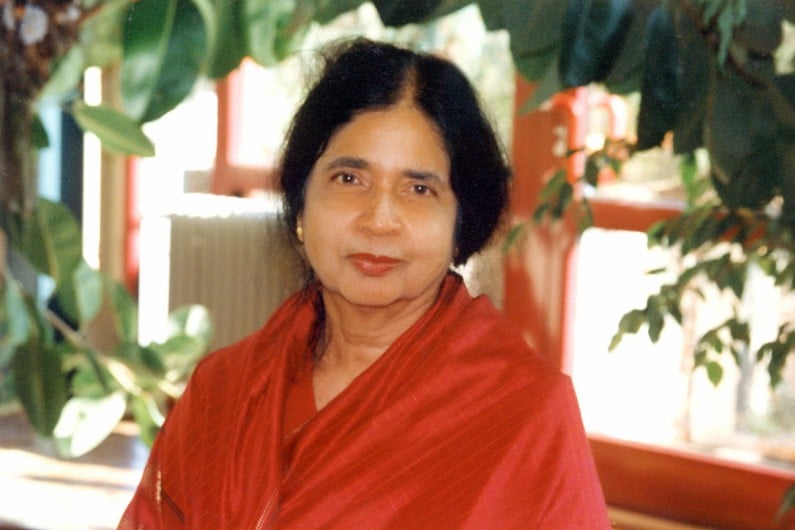
Jean Arasanayagam. Image Courtesy: thuppahi.wordpress.com
Born Jean Solomons, Arasanayagam married into a Hindu Tamil Jaffna family. Coming from a Dutch Burgher family, her union with a community from a completely different cultural background (and exposure to minority issues) coloured much of her writing. Hindu practices, her mother-in-law and her new family were the inspiration behind several of her poems, including Wedding Photographs and Mother in Law. These highlighted domestic scenes, with Wedding Photographs being included in state school literature anthologies for O/Ls.
Her experiences also dealt with ethnic conflict, patriarchy and colonialism. Apocalypse ‘83, as the title suggests, is a collection of poems influenced by ethnic tensions, whereas Shooting the Floricans explores patriarchal colonialism, with works like ‘Maardenhuis – The House of the Virgins Amsterdam / Kalpitiya,’ depicting how virginal young women from Holland were ferried to Ceylon to be wives for Dutchmen residing here.
Wendy Whatmore
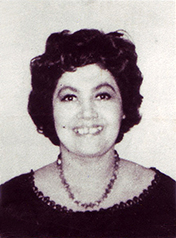
Wendy Whatmore. Image courtesy www.wendywhatmore.com
Students of elocution or speech and drama would be more than familiar with Wendy Whatmore, the founder of The Wendy Whatmore Academy of Speech and Drama. Having contributed to newspapers since she was a child, she established herself as a poet, and wrote the Holy Family Convent’s school anthem, in addition to being a speech and language teacher. Like Arasanayagam, her work has been included in state school literature anthologies. However, unlike Arasanayagam, Whatmore’s poetry catered to children. Her collection The Heart of a Child consists of work she created since her childhood and includes the much-loved classic, Island Spell. Most of the poems are in the first person and follow general rhyming patterns and literary devices making it easy for children to follow. Whatmore is perhaps the only Sri Lankan whose poetry was created specifically for younger readers.
Carl Muller
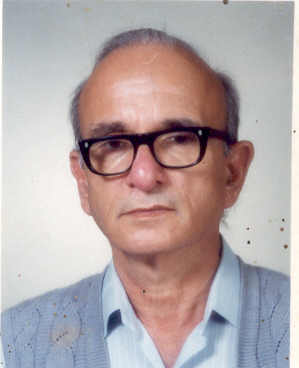
Image courtesy penguin.co.in
Muller’s portrayal of Lankan Burghers has elicited mirth, horror, praise, and criticism—all with good reason. His characters are anything but subtle, and the situations they are portrayed in are nothing short of outrageous. Reviews of his work are often as colourful and blunt as the novels themselves, with one calling him ‘pungent even in the worst of times.’
Muller himself led an exciting life. The story of his sojourn with the Ceylon Army, and stint as a journalist who eventually moved to work in the Middle East can be found in A Funny Thing Happened on the Way to the Cemetery. Despite its long title, the book is a collection of short stories.
His Burgher Trilogy is a depiction of his dysfunctional family, one that he is unapologetic about. “I thought to myself, I’ll put ’em on record, all of ’em!” he writes, referring to his parents and siblings. It was, he said, a strike back at a family that abandoned him.
Despite the criticism his work has invited, Muller is one of few Sri Lankan authors to be published internationally. Penguin published The Jam Fruit Tree, Yakada Yaka, and Once Upon a Tender Time. Of these, the first won him the Gratiaen Prize in 1993, and Children of the Lion won the State Literary Award four years later.
This is part of an ongoing series to highlight and document Sri Lanka’s cultures and identities. Have we missed anyone? Drop us an email or comment below.


